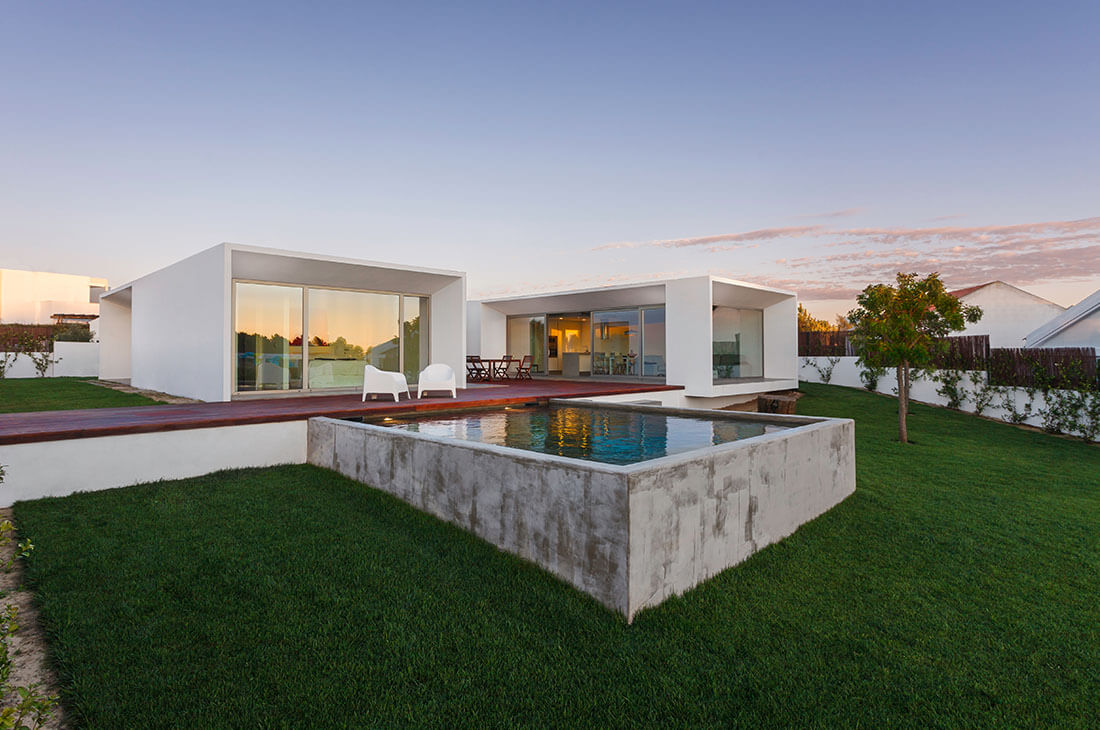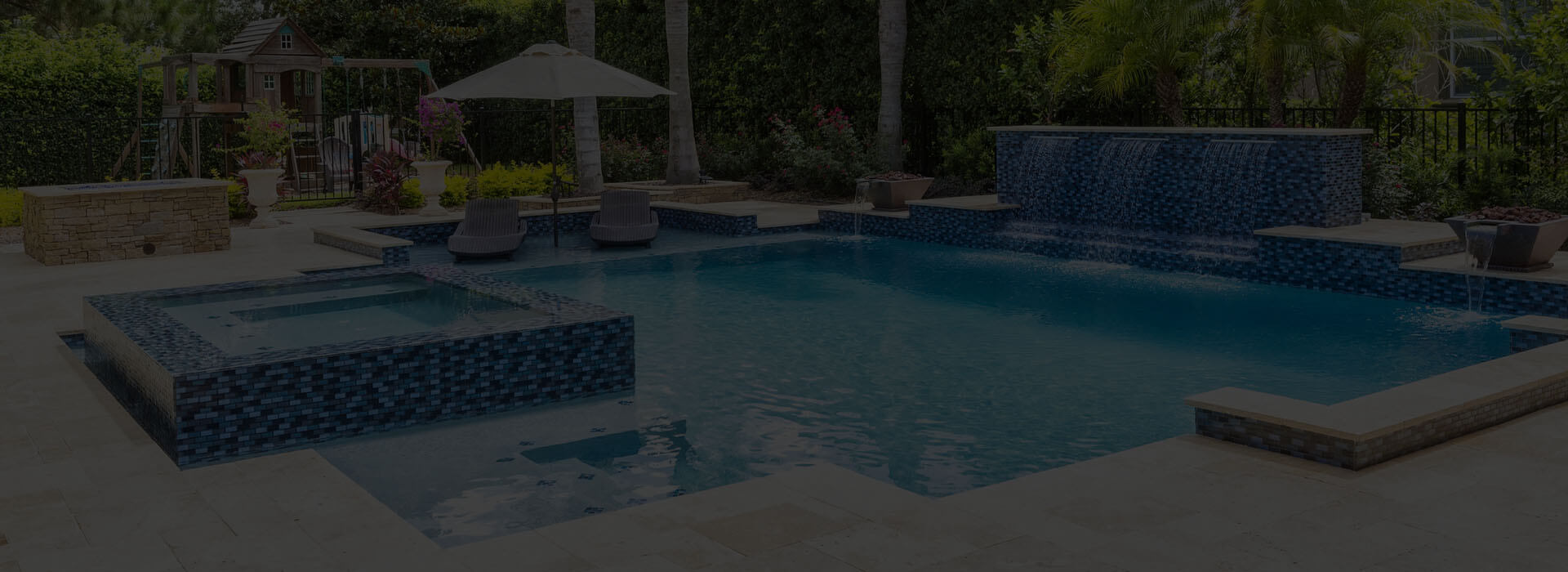


Going Green
Going Green: Using a Swimming Pool Heat Pump with Solar Technology
Given both recent technological advances and increased environmental awareness, more swimming pool owners are benefiting from renewable energy now than ever before. Many swimming pools now feature not only one, but two energy-efficient heating systems. In this article, we discuss how you can benefit from energy efficiency and lower operating costs through swimming pool heat pumps and solar heaters.
Heat pumps and solar heaters complement each other very well because they utilize different forms of renewable energy. Conditions that render one heating system inefficient have no effect on the other. Furthermore, in conditions favorable to both heating systems, the systems assist each other in heating your swimming pool.
Energy Efficiency
As we have mentioned in other articles, an air-source heat pump depends on air temperature because it transfers heat from the air to your swimming pool. Air- source heat pumps work very well when average air temperatures exceed 50°F (10°C). They work less efficiently in air temperatures below 50°F (10°C), however, and they stop altogether in freezing temperatures. A solar heater, on the other hand, depends on sunlight, because it transfers heat from the suns rays to your swimming pool. Solar heaters therefore operate very efficiently in sunny weather. They work less efficiently in cloudy weather, however, and cannot operate at night.
By utilizing both a solar heater and a heat pump in your circulation system, you can heat your swimming pool in almost all weather conditions and thereby significantly extend your swimming pool season.
Operating Costs
When you install a solar heater to your existing circulation system, you place it after your filter and in parallel flow with your heat pump. Your swimming pool water will exit your swimming pool through the skimmer and main drains. It will travel through your pump, filter, and either your solar heater or heat pump (or both), and then your chlorinator. Your swimming pool water will then return to your swimming pool through the return lines.
By heating your swimming pool water twice during one circulation cycle, you reduce your swimming pools heating time, which will allow you to enjoy your swimming pool for longer periods of time. Furthermore, you place less stress on your heat pump, which will reduce your swimming pool heating costs. For more tips on reducing your swimming pool heating costs, click here.
Hopefully this article motivates you to bring energy efficiency to your swimming pool. For more information on energy efficiency, you can read our article entitled Going Green: A Guide to Energy-Efficient Swimming Pool Heating. If you have any questions or thoughts, leave a comment below! We at AquaCal would love to hear from you.








